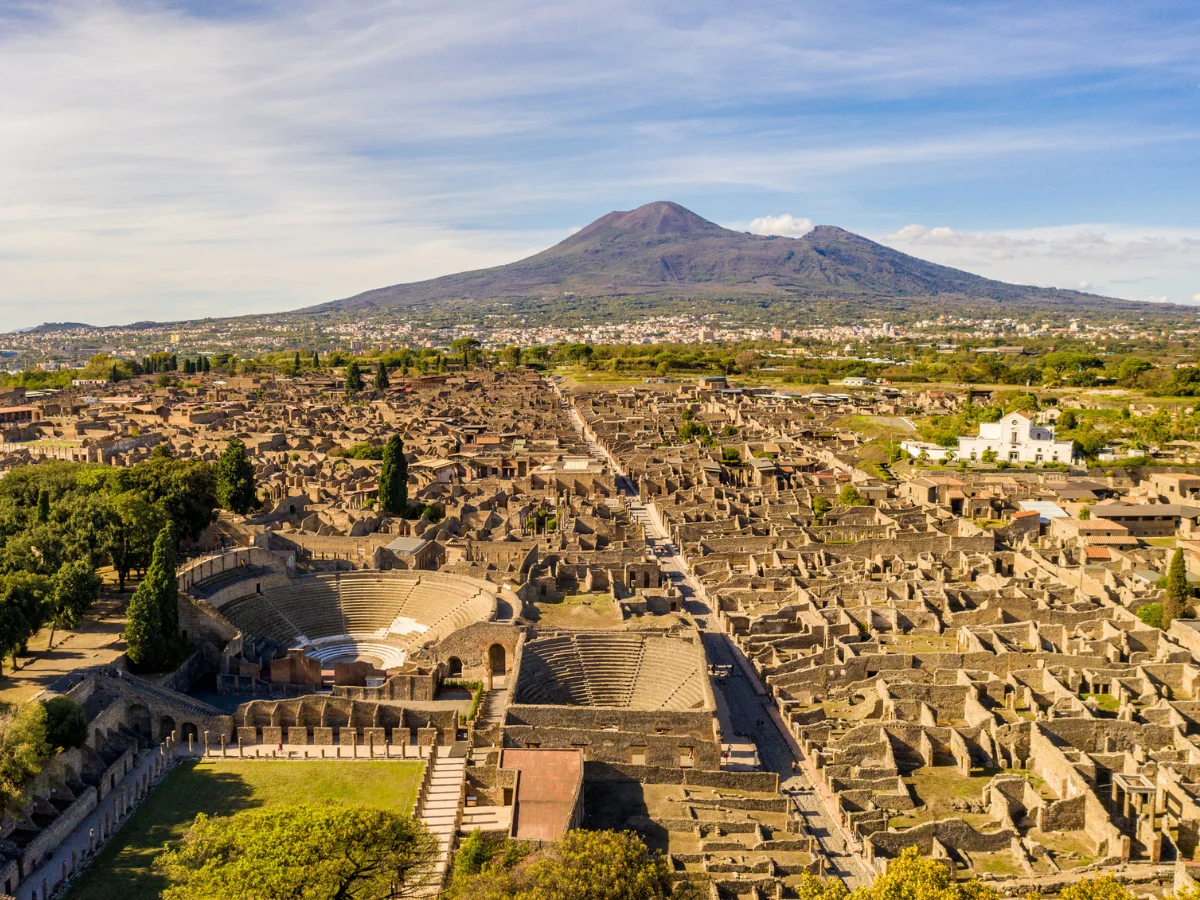Roman military tactics
Roman military tactics, marked by innovation and discipline, emphasized integration of infantry and cavalry. Structured formations like the testudo and triplex acies showcased their strategic prowess. Maneuver warfare, coupled with rigorous training, enabled agile responses on diverse battlefields. Romans excelled in siege tactics and psychological warfare, leaving a lasting impact on military strategy. Their legacy persists, influencing tactics from medieval to modern times. In essence, Roman military tactics epitomize adaptability and innovation, shaping the course of warfare for centuries.

Roman military tactics
The tactics were the cornerstone of their dominance in the ancient world. From the hills of Italy to the deserts of North Africa, the Romans employed a variety of strategies and maneuvers to achieve victory on the battlefield.
The Phalanx Formation
One of the earliest tactics employed by the Romans was the phalanx formation, borrowed from the Greeks. Soldiers formed tightly-packed ranks with shields overlapping, presenting a formidable wall of defense. This formation provided protection against enemy attacks and allowed for coordinated advances.
The Manipular System
The Roman army later evolved to adopt the manipular system, a flexible formation that consisted of smaller units called maniples. These maniples could maneuver independently, allowing for greater versatility on the battlefield. This system enabled the Romans to adapt to different terrain and enemy tactics effectively.
Versatility in Combat
Roman military tactics emphasized versatility and adaptability. Soldiers were trained to fight both in open battlefields and in confined spaces such as forests and mountains. This versatility allowed the Romans to overcome diverse challenges and outmaneuver their opponents.
Use of Auxiliary Troops
In addition to their legions, the Romans made extensive use of auxiliary troops recruited from conquered territories. These auxiliary units served various roles, including skirmishing, reconnaissance, and providing specialized support. Their diverse skills and knowledge complemented the legions’ strengths, enhancing the Romans’ tactical capabilities.
Engineering and Siege Warfare
Roman military tactics extended beyond traditional battlefield engagements to include engineering and siege warfare. The Romans were adept at building fortified camps, siege engines, and defensive structures. This expertise allowed them to lay siege to enemy cities and fortifications, often leading to swift capitulation.
Tactical Innovations: Testudo and Pilum
The Romans were innovators in tactical warfare, introducing strategies such as the testudo (tortoise) formation and the pilum (javelin). The testudo formation involved soldiers interlocking their shields to create a protective shell against missile fire. The pilum, a type of javelin, was designed to penetrate enemy shields and armor, disrupting enemy formations.
Decisive Battles: Cannae and Zama
Several decisive battles throughout history showcase the brilliance of Roman military tactics. At the Battle of Cannae, Hannibal’s Carthaginian forces employed a double envelopment strategy, yet the Romans, despite suffering heavy losses, demonstrated resilience and tactical ingenuity. At Zama, Scipio Africanus outmaneuvered Hannibal, leading to the defeat of Carthage and solidifying Roman dominance in the Mediterranean.
Legacy of Roman Tactics
The legacy of Roman military tactics reverberates through the annals of history. Their emphasis on discipline, organization, and innovation set the standard for military strategy for centuries to come. From the legions of the Roman Empire to modern armies, the principles of Roman warfare continue to influence military doctrine and tactics worldwide.
Conclusion: Enduring Legacy
In conclusion, Roman military tactics were a testament to strategic brilliance and adaptability. Through the manipulation of formations, the utilization of auxiliary troops, and innovative strategies, the Romans established themselves as the preeminent military power of the ancient world. Their legacy continues to shape military thinking and inspire awe in the annals of history.



